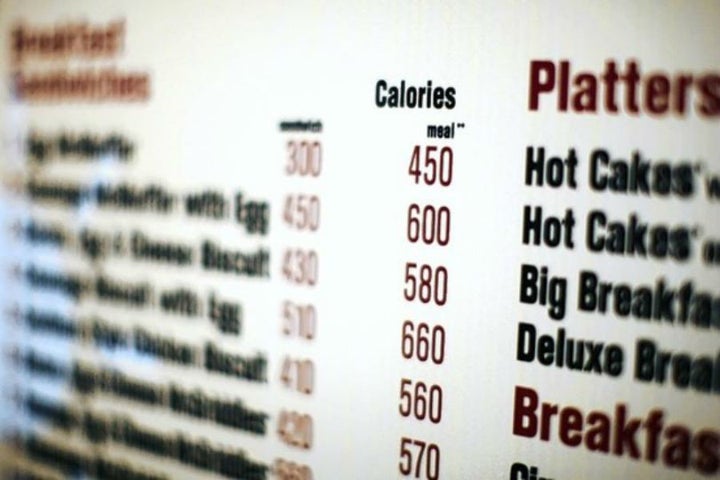
with Mateusz Halawa, School of Form
Do we always choose the best options when it comes to what to eat and where to buy it? Do we constantly take into account the impact of our food preferences on our personal health and well-being, the actors involved in the supply chains that provide us with products, and the environment? We all know from first-hand experience that it is definitely not the case. We have all regretted binging on one food or another, buying products we did not actually like or need because so many of our peers were raving about them, or feeling guilty for giving in to what some may describe as gluttony. So must we assume that we are lost causes, doomed to repeat bad choices suggested by irrational – at times self-destructive - motivations?
We all indulge in behaviors that do not make much sense from a rational point of view. But then again, food is such an embodied and emotional aspect of our daily lives that it would be an illusion to think that we are can be guided by lucid and balanced decisions at all times. Many factors intervene in shaping our actions. Our physical and emotional state when we shop, cook, and ingest; personal likes and dislikes; memories, fears, and cultural taboos; social customs and expectations; desire for status and conspicuous consumption all play a fundamental role in determining not only what enters our bodies but also what we think and how we speak of it.
Although we cannot pretend to always be rational in our food choices, we cannot reduce all of our decisions to irrational instincts either. Yesterday’s Nobel Prize in Economics, awarded to professor Richard Thaler from the University of Chicago for his works on behavioral economics, highlights the complexities that underlie our preferences and how we act on them. Thaler disputed the assumption that all economic choices are exclusively based on rational evaluations meant to maximize one’s advantages, profit, and overall prosperity. The whole field of behavioral economics has demonstrated that cognitive processes interact with emotional and social factors in the decisions of individuals, communities, and institutions.
At the same time, in his seminal book Nudge: Improving Decisions About Health, Wealth, and Happiness, written with Cass Sunstein, Thaler reminded us that our freedom to choose does not necessarily need to end in disaster, but that we can be gently directed to do the right thing, or at least to make improved choices towards achieving our best interest, even when we are not aware of what this may be. This is precisely the horizon in which design – and when it comes to food, food design – operate.
Can objects, spaces, infrastructures, and services that are involved in the distribution, sale, and consumption of food be devised so that they can deliver opportunities for consumers to make the best choices? Can packaging persuade shoppers to eat more healthily? Can the shape of dishes and tableware nudge us to eat less? Can the layout of kitchens, restaurants and cafeterias be conducive to more intense human interactions? Can interventions in food systems provide better experiences, fairer distribution, less waste and greater sustainability?
Thaler’s research has originated work that goes under “persuasive design” and “choice architecture,” which focuses on directing users’ choices based on the characteristics of the objects, spaces, and services with which they engage, and the way these are presented. Of course, such perspectives can lead to forms of paternalism. Who decides what is best for consumers? The very concept of “best” implies values and norms that may or may not be shared by all the actors involved. The controversies around sugar taxes and the obligation for restaurants to post calories on menus, have shown the irreducible contrast between those who believe that governments have the duty to intervene in guiding citizens to be healthy, and those who bristle at any hit of interference from the “nanny state.” In fact, Thaler himself talks about “libertarian paternalism,” which ensures the possibility for citizens to opt-out from choices suggested by governments.
Concerns about participation and shared goals and values are at the core of the book Food Democracy: Critical Lessons in Food, Communication, Design, and Art, edited by Oliver Vodeb, which I will review soon in this column. Design intentions and directions cannot be separated from processes that determine what is best based on the experiences, the interests, and the priorities of all those involved. After all, that is what human-centered design is about: both inspirations and solutions need to reflect the individuals and the communities for whom and with whom the design process evolves. As designer Ezio Manzini observed, designers “find themselves in a world where everybody designs and where their task tends to be to use their own initiative to help a variegated array of social actors to design better… They must redesign themselves and their way of operating.”
